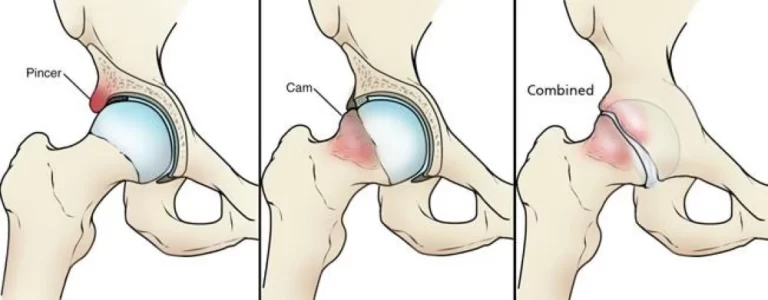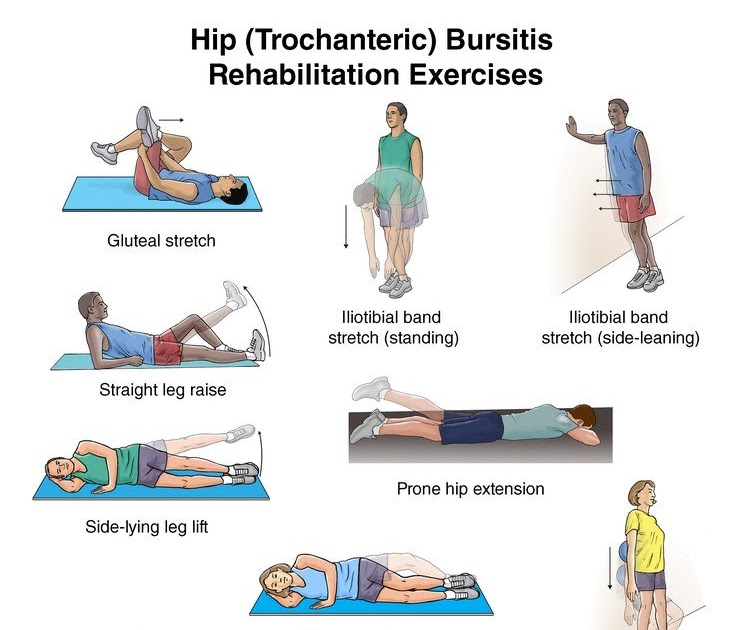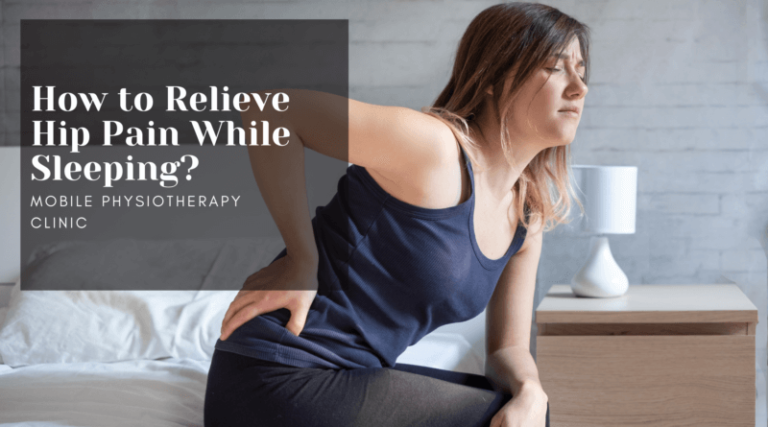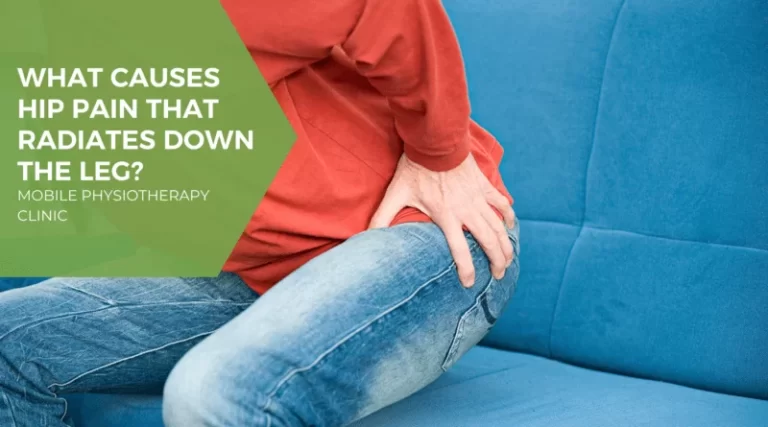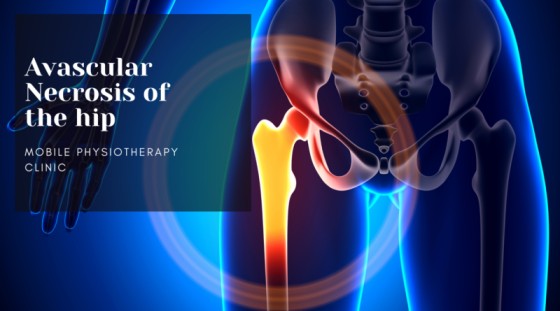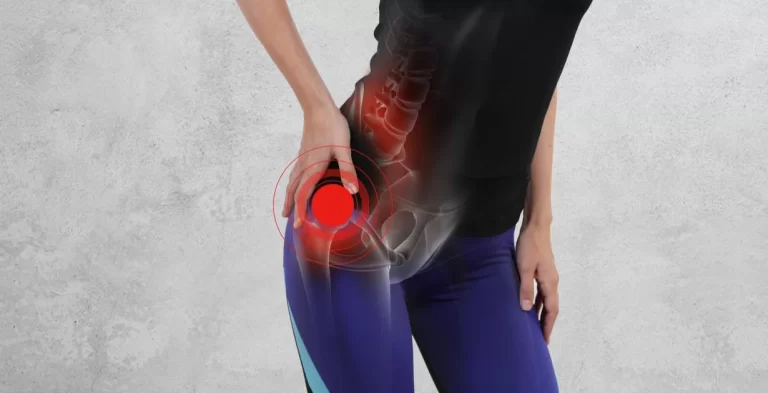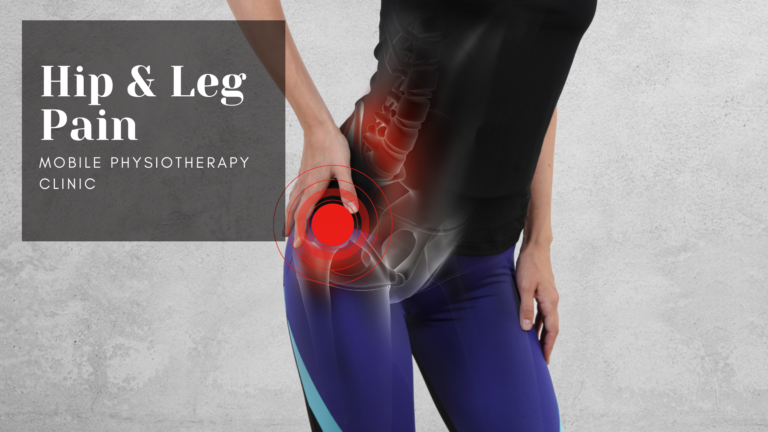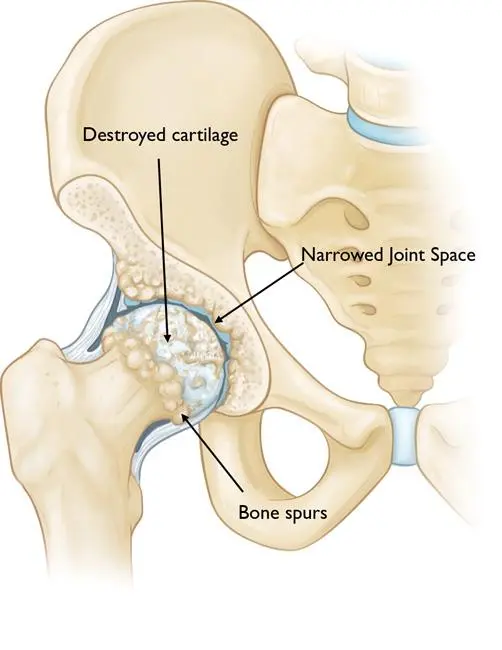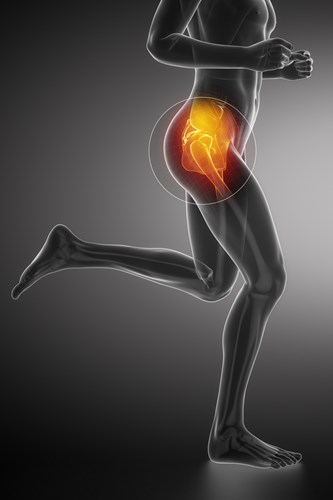FAI Syndrome (Femoroacetabular impingement syndrome)
What is Femoroacetabular impingement syndrome? Femoroacetabular impingement (FAI), it is also called hip impingement, is a condition where the hip joint is not shaped normally. Painful Femoroacetabular impingement is referred to as Femoroacetabular Impingement Syndrome (FAIS). This causes the bones to painfully rub all together. Femoroacetabular impingement (FAI) refers to early contact (impingement) between the…

